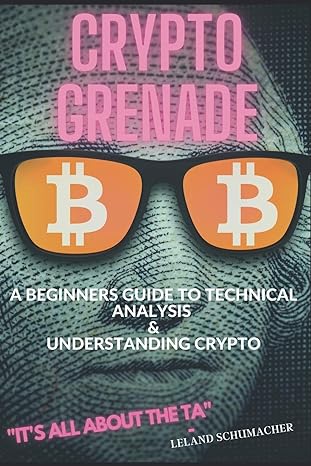Question
The Dow Jones Industrial Average (DJIA) and the Standard & Poor's 500 (S&P 500) indexes are used as measures of overall movement in the stock
The Dow Jones Industrial Average (DJIA) and the Standard & Poor's 500 (S&P 500) indexes are used as measures of overall movement in the stock market. The DJIA is based on the price movements of 30 large companies; the S&P 500 is an index composed of 500 stocks. Some say the S&P 500 is a better measure of stock market performance because it is broader based. The closing price for the DJIA and the S&P 500 for 15 weeks, beginning with January 6, 2012, follow (Barron's website, April 17, 2012).
Click on the datafile logo to reference the data.
| Date | DJIA | S&P |
| January 6 | 12,360 | 1,278 |
| January 13 | 12,422 | 1,289 |
| January 20 | 12,720 | 1,315 |
| January 27 | 12,660 | 1,316 |
| February 3 | 12,862 | 1,345 |
| February 10 | 12,801 | 1,343 |
| February 17 | 12,950 | 1,362 |
| February 24 | 12,983 | 1,366 |
| March 2 | 12,978 | 1,370 |
| March 9 | 12,922 | 1,371 |
| March 16 | 13,233 | 1,404 |
| March 23 | 13,081 | 1,397 |
| March 30 | 13,212 | 1,408 |
| April 5 | 13,060 | 1,398 |
| April 16 | 12,850 | 1,370 |
QUESTION:
| Suppose that the closing price for the DJIA is 13,400. Estimate the closing price for the S&P 500. | |
| If required, round your answer to the nearest whole number. Do not round intermediate calculations. |
Step by Step Solution
There are 3 Steps involved in it
Step: 1

Get Instant Access to Expert-Tailored Solutions
See step-by-step solutions with expert insights and AI powered tools for academic success
Step: 2

Step: 3

Ace Your Homework with AI
Get the answers you need in no time with our AI-driven, step-by-step assistance
Get Started


